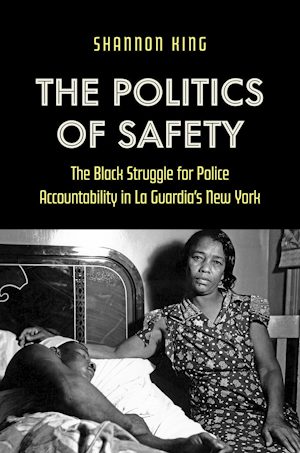The NYPD’s power developed from its relationship with the political machine. The city’s police force not only protected the machine’s voters and repressed its adversaries during elections but also licensed and often facilitated the criminal activity of Tammany’s associates across the city’s institutional life. As urban historian Robert Fogel has described them, “big-city police” departments “operated mainly as adjuncts of the ward organizations.” Because police power was decentralized, dependent mainly on the captain and ward boss, the patrolman on the beat had considerable autonomy. With the license to use force to subdue a would-be perpetrator, the police had the authority to define crime and, therefore, determine whom to detain, arrest, and criminalize. Within the confines of the machine, as Fogel notes, “the police decided whether or not to permit agitators to speak, protestors to march, and laborers to picket, and if so, judged whether or not the protests remained orderly. They also determined whether or not to intervene in racial, ethnic, and religious clashes, and if so, at what point, on whose side, with how many men, and with how much force.” Consequently, autonomous police discretion was principally the authority to criminalize and punish according to the officers’ personal, political, religious, ethnic, gender, and racial biases. Policing and police, therefore, were embedded in the city’s racial order. Racial difference as much as law and order dictated how the police enforced the law.
On August 12, 1900, Robert Thorpe, a plainclothes policeman, manhandled May Enoch, a Black woman, on Forty-First Street and Eighth Avenue. Acting on the premise that a Black woman on the street at that time of the night was a sex worker, Thorpe attempted to arrest her as Arthur Harris, her common-law husband, jumped to restrain Thorpe. In the physical exchange, Harris fatally stabbed him, precipitating the New York Race Riot of 1900 three days later. White mobs attacked Black pedestrians and the Black neighborhood, mainly between Thirty-Fourth and Forty-Second Streets on Broadway and Seventh and Eighth Avenues. But white civilians were not alone. This episode of white anti-Black violence was also a police riot. As Frank Moss, attorney and compiler of the pamphlet The Story of the Riot, stated, “In many instances of brutality by the mob policemen stood by and made no effort to protect the Negroes who were assailed. They ran with the crowds in pursuit of their prey; they took defenseless men who ran to them for protection and threw them to the rioters.”
